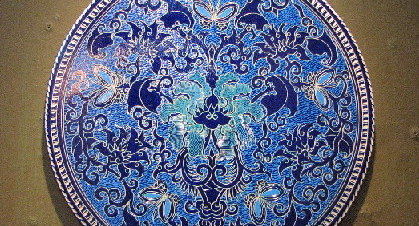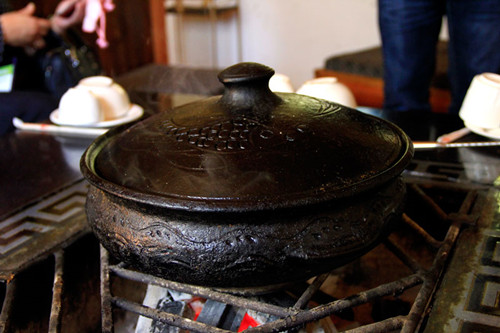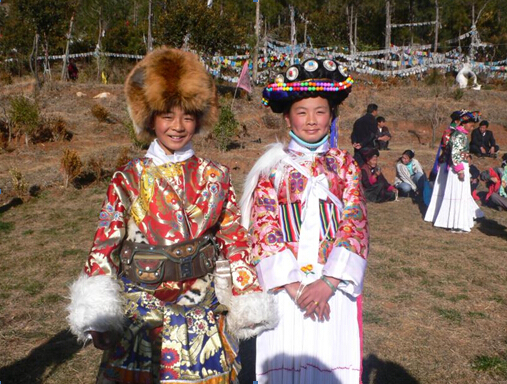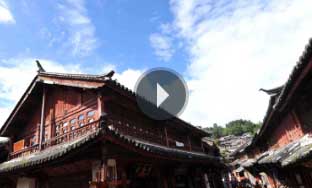Old town history
Lijiang’s old town was designated as a town around the beginning of the Yuan Dynasty (1271-1368). From 1253 on, the Naxi people of Lijiang developed a unique social system, customs and culture of their own under the rule of a hereditary succession of chieftains of the Mu clan. In the 18th century, the Qing Dynasty rulers implemented a policy of cultural interaction, and the Naxi people adopted the customs of the Tibetan and Han peoples. Despite several earthquakes that hit Lijiang, and because of renovation, most of the old town retains its original structure.
The old town is said to be the only old city built without a city wall in China, and there is an interesting story behind the reason. If the Chinese character ‘Mu’ (representing the governor of Lijiang) is put into a frame (representing the city wall), you have the character ‘Kun' which means ‘siege'. This would mean that the governing Mu clan and their descendants would always be trapped.





